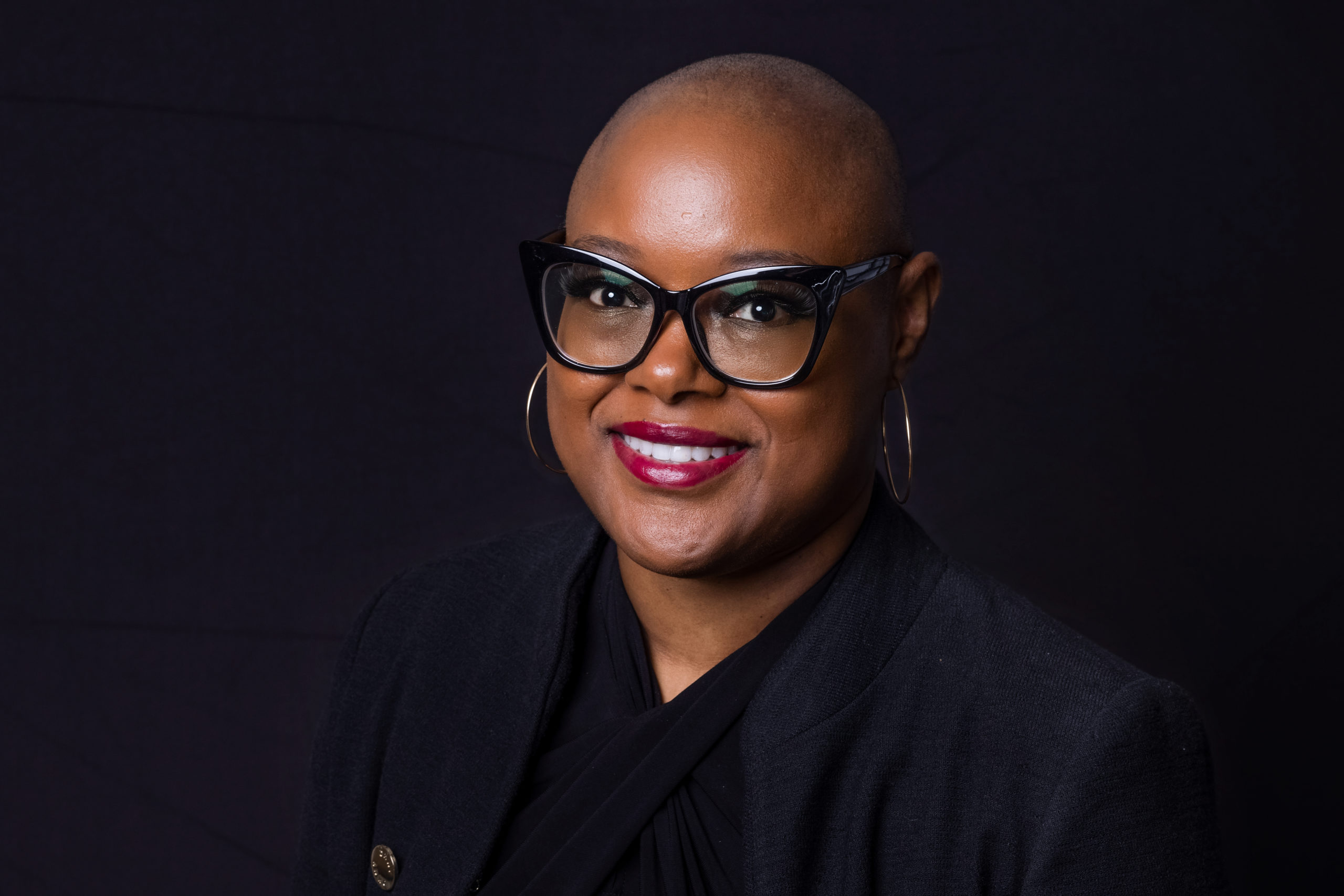Almost every week, media outlets report a new case of child sexual abuse taking place in a youth-serving organization setting. To better prepare your organization to prevent child sexual abuse, here are five things educational leaders should consider:
- There is no profile for a child sexual abuser. You cannot classify child sexual abusers by age, economic status, ethnicity/race, gender, marital status or sexual orientation, according to Child Sex Offenders Typologies (Simons, 2015). Therefore, anyone could be a child sexual abuser. By being aware that anyone could inflict harm upon minors while they are in the care, custody and control of a youth-serving organization, educational leaders can plan strategically to prevent incidences of abuse from occurring.
- Child sexual abusers work methodologically to gain access to or be near their preference without raising suspicion. Child sexual abusers may choose to work as custodians, IT professionals, photographers or security officers. Because there is no way to identify a child sexual abuser by appearance or any other variable outside of a criminal background check, child sexual abusers, who do not have a record of arrest or a conviction that would disqualify them from being hired, may already work at your organization.
- Child sexual abusers groom their preference to gain their trust to view their relationship as permissible and reciprocated (Groth,1983). It would behoove educational leaders to respond with caution when individuals responsible for working with minors begin to "blur the lines" between professional conduct and inappropriate behavior. Inappropriate behavior would include insisting youth address a caregiver as "grandma" or "uncle." This persistence to be addressed by a familial term rather than their name may cause minors to think the relationship with their caregiver is a personal relationship rather than one that should be professional.
- Child sexual abusers maintain very private personal lives. Most abusers experienced some form of abuse or neglect (emotional, physical, sexual) during their childhood and may have engaged in sexual activity with themselves, others or even animals at a young age (Simons et al., 2005). Because of their need to maintain their privacy, "child sexual abusers assault to alleviate anxiety, loneliness and depression" (Simons, 2015). Although a child sexual abuser may seem congenial and may even be considered a "team player," their coworkers and colleagues may not know much about them outside of the work setting.
- Child sexual abuse data and reporting often appear inconsistent. The reason for this disparity is that the National Child Abuse and Neglect Data System (NCANDS) only tracks child abuse and neglect inflicted by caregivers in the home (parents, household members), while incidences of child maltreatment by out-of-home caregivers fall under state and local law enforcement. Those data systems are handled and monitored by separate entities and do not necessarily provide a complete perspective of child abuse and neglect.
Effective youth protection systems help educational leaders increase awareness of child abuse and neglect within youth-serving organizations. In addition, effective youth protection systems enhance reporting procedures, which is key to preventing child sexual abuse.
*The views and opinions expressed in the Public Risk Management Association (PRIMA) blogs are those of each respective author. The views and opinions do not necessarily reflect the official policy or position of PRIMA.*

By: Joaquina Scott Kankam, Ph.D.
Director and Senior Consultant, School of Solutions
Summary of Qualifications
Joaquina Scott Kankam, Ph.D., is the director of School of Solutions, a consultancy specializing in youth protection. Not only is Joaquina an expert in youth protection compliance and risk management, but her practical experience has made her a leader in understanding the needs of youth-serving organizations.
Joaquina has worked in education for almost twenty years to improve the lives of others. In addition to being an educator (K-12 & Higher Education), Joaquina has presented at several national association conferences and participated as a panelist in several discussions regarding youth.
Responsibilities
Dr. Scott Kankam works nationally to assist youth-serving organizations with protecting minors from abuse and neglect. She helps to create a better tomorrow by auditing and enhancing youth protection policies and policies.
Business Experience
Dr. Scott Kankam's experience includes enhancing and creating an awareness of the Six Effective Practices of the Youth Protection Enterprise Risk Management System®. The Youth Protection ERM System® identifies unknown and uncontrolled risks associated with hosting, operating or sponsoring programs for minors.



